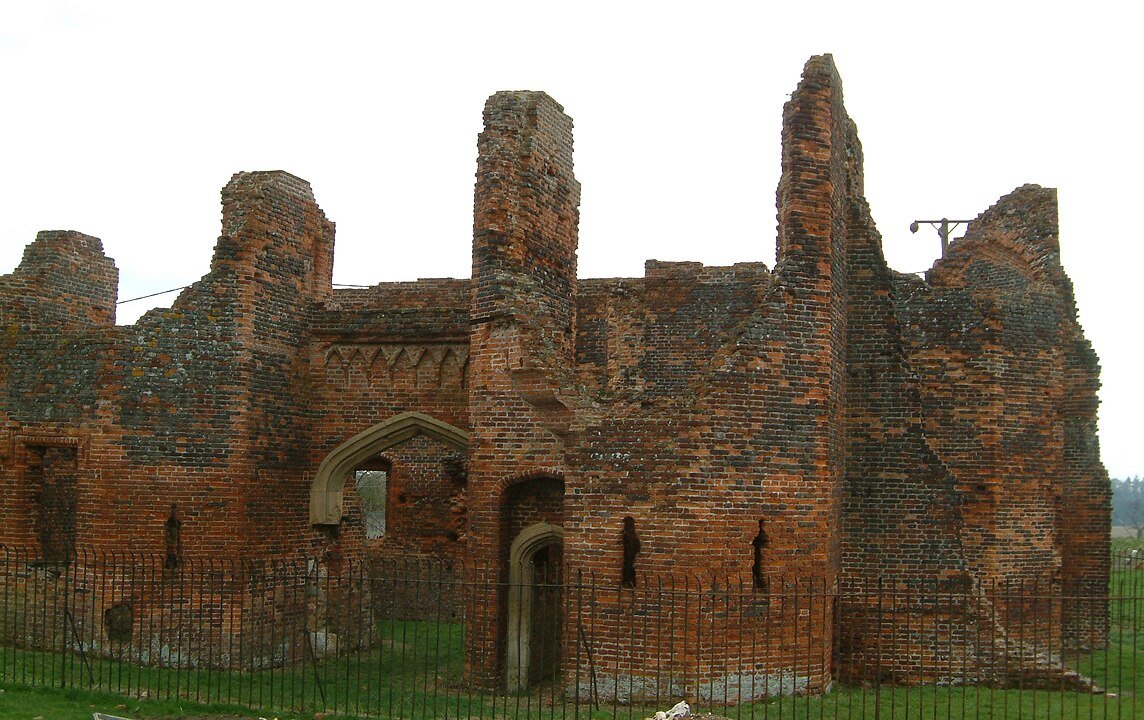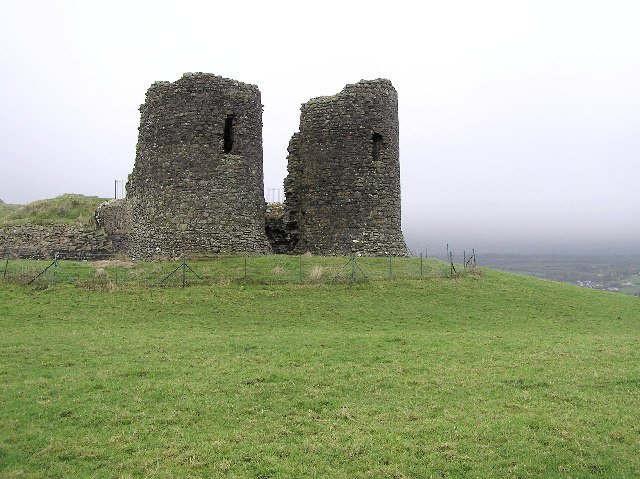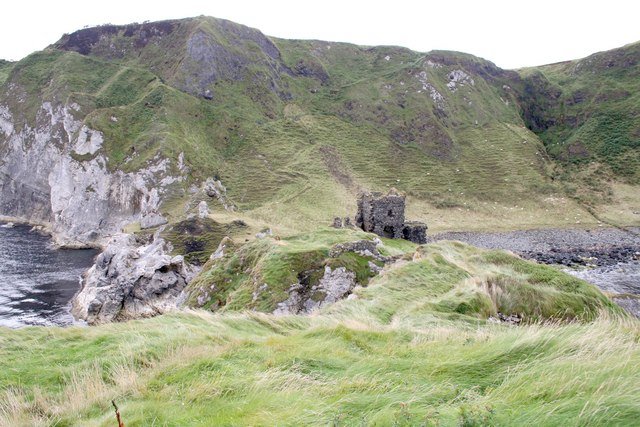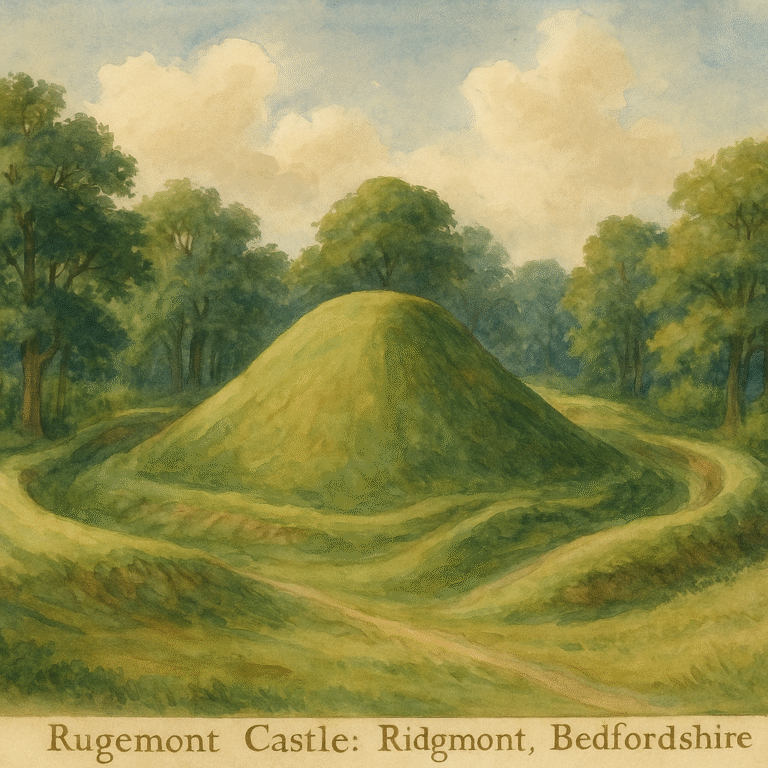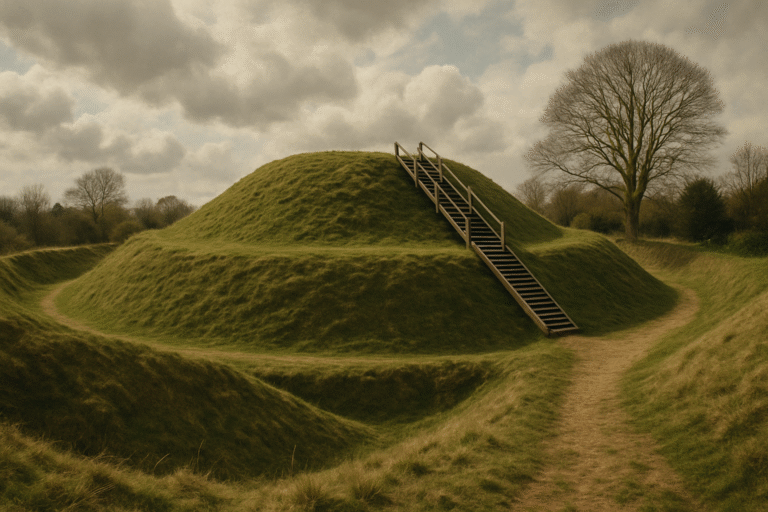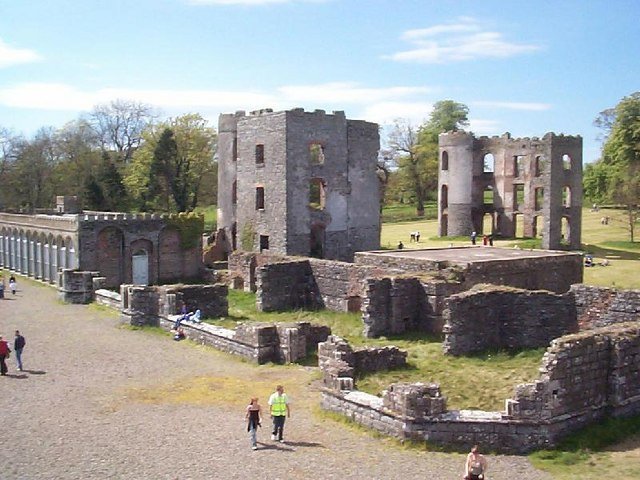Someries Castle: Discover Bedfordshire’s Hidden Medieval Wonder
Someries Castle: Tucked away in the Bedfordshire countryside, Someries Castle is a lesser-known but captivating piece of England’s medieval history. Though often overshadowed by grander, more intact fortresses, this part-ruined site near Luton offers a unique window into the past. Whether you’re a history lover, a nature enthusiast, or simply seeking a peaceful outing with family or friends, Someries Castle delivers a rewarding and accessible heritage experience. In this guide, we’ll explore the castle’s fascinating story, what to see and do, and how to make the most of your visit while also drawing connections to broader UK travel themes, from forgotten landmarks to countryside retreats.
The Story Behind Someries Castle
A Medieval Manor with a Misleading Name
Despite its name, Someries Castle was never a castle in the traditional sense. Built in the 15th century by Sir John Wenlock, a prominent figure during the Wars of the Roses, it was intended as a fortified manor house rather than a military stronghold. The name “Someries” originates from William de Someries, who owned the land in the 13th century. Wenlock’s ambitious brick structure was one of the earliest brick buildings in England, a testament to changing construction styles in the late medieval period.
Unfortunately, Sir John Wenlock died at the Battle of Tewkesbury in 1471 before completing his project. The house fell into disrepair and was eventually dismantled, leaving behind the striking remains we see today: a gatehouse, chapel, and assorted outbuildings now shrouded in ivy and mystery.
Heritage Significance
- Built: Circa mid-15th century
- Material: Brick (early use in England)
- Notable Features: Gatehouse, chapel remnants, early brickwork
- Historical Role: Private manor, never completed
What to See at Someries Castle
Key Attractions
- The Gatehouse: The most recognisable structure, with arched windows and decorative brickwork still visible. It gives a sense of the manor’s former grandeur.
- Chapel Ruins: Sparse remains of a once-beautiful religious space, offering a quiet, contemplative spot.
- Surrounding Countryside: The site is enveloped by meadows, hedgerows, and woodland, perfect for walking, picnicking, or birdwatching.
Visitor Tips
- Photography: The gatehouse makes a fantastic subject, especially at golden hour. Tripods are permitted, and drone use is allowed with care and local permissions.
- Accessibility: Uneven ground and a lack of formal paths may challenge those with mobility issues. The site is open-access and unfenced.
- Family-Friendliness: Children will enjoy the open space to run and explore. Great for informal history lessons and outdoor play.
Getting There and Practical Info
Location
- Address: Near Luton, Bedfordshire, LU2 9PL (use postcode for SatNav)
- Nearest Town: Luton (approx. 3 miles away)
- OS Grid Ref: TL 1098 1903
Transport Options
- By Car: Easily accessible via the M1 (junction 10). Parking is available on nearby country roads or in Luton, followed by a short walk.
- By Public Transport: Take a train to Luton station, then a taxi or bus towards Someries Road. Walking from the station takes around 45 minutes.
Opening Times and Fees
- Open: Year-round, 24/7 access
- Admission: Free (managed by English Heritage as an unstaffed site)
Sample Itineraries Featuring Someries Castle
1. Countryside Heritage Day (Ideal for Families)
Morning:
- Arrive in Luton, grab breakfast at a local café
- Head to Someries Castle (short drive or walk)
- Explore the ruins, have a picnic
Afternoon:
- Visit nearby Stockwood Discovery Centre (free entry, gardens, exhibitions)
- Optional stop at Wardown House, Museum and Gallery
Evening:
- Dinner in Luton (family-friendly pubs or restaurants)
- Overnight stay at a local hotel or guesthouse
2. Romantic Rural Escape (Perfect for Couples)
Day 1:
- Check into a countryside B&B near Luton
- Afternoon walk to Someries Castle
- Sunset photoshoot at the gatehouse
- Dinner at a rustic gastropub (e.g., The Chequers, Caddington)
Day 2:
- Morning visit to Wrest Park (30 min drive)
- Leisurely lunch at a café in Ampthill
- Scenic drive through Bedfordshire villages
3. Solo Explorer’s History Trail
Morning:
- Start in Luton, take a self-guided walk to Someries Castle
- Enjoy sketching or journalling on-site
Afternoon:
- Visit Luton Hoo Estate gardens (entry fee applies)
- Browse Luton town centre shops or local markets
Evening:
- Return journey or overnight stay in Luton or Hitchin
Nearby Eats and Accommodation
Where to Eat
- The Chequers, Caddington: Country pub with British classics and local ales
- The Brache, Luton: Cosy chain pub with reliable family fare
- La Dolce Vita: Independent Italian eatery in Luton town centre
- Stockwood Park Café: Great for lunch after a museum visit
Where to Stay
- Luton Hoo Hotel: Luxury countryside estate with spa and fine dining
- Premier Inn Luton Town Centre: Budget-friendly, central location
- B&Bs in Slip End or Caddington: Quaint and quiet, ideal for couples or solo travellers
Seasonal Events and Special Experiences
While Someries Castle itself doesn’t host regular events, the surrounding area offers seasonal activities:
- Spring/Summer: Bluebell walks in nearby woods; countryside picnics
- Autumn: Heritage Open Days in Luton, including guided history walks
- Winter: Luton town lights, nearby Christmas markets in St Albans
Broader UK Tie-ins: The Allure of Forgotten Castles
Someries Castle is one of many under-the-radar ruins scattered across the UK. These lesser-known sites often come with minimal crowds and deeper connections to local history:
- Baconsthorpe Castle (Norfolk): A moated manor with crumbling walls
- Old Wardour Castle (Wiltshire): Romantic ruins in a wooded setting
- Duffus Castle (Moray, Scotland): A motte-and-bailey relic with panoramic views
Exploring places like Someries invites travellers to slow down, take the road less travelled, and connect with a quieter form of heritage. These sites are ideal for walking holidays, countryside retreats, and historic detours.
Final Thoughts: Make Someries Castle Your Next Day Out
Someries Castle may lack the grandeur of Windsor or the fame of Dover, but it offers something arguably more valuable: peace, intrigue, and a tangible link to a long-forgotten story. Perfect for spontaneous day trips, gentle adventures, or reflective rambles, it’s a hidden gem that rewards the curious.
So whether you’re planning a weekend escape, crafting a quiet itinerary, or just craving a little outdoor time with a dash of history, let Someries Castle inspire your next journey through the UK’s rich and varied landscape.
FAQs: Someries Castle
What is Someries Castle?
Someries Castle is the ruin of a medieval fortified manor house located in Bedfordshire. It is a historically significant site because it is one of the earliest examples of a brick-built country house in England. It was never a traditional, large-scale defensive castle, but rather a grand and fortified residence.
Where is it located?
The ruins of Someries Castle are situated near the village of Hyde, on the outskirts of Luton in Bedfordshire, England. The site is located in a rural setting, easily accessible to visitors.
What is its historical significance?
The castle was built in the 15th century by Sir John Wenlock, a prominent figure during the Wars of the Roses. It was an ambitious project for its time, and the use of brick was a sign of prestige and architectural innovation. Although it was never fully completed, the surviving remains of its gatehouse and chapel provide a unique glimpse into the domestic architecture of the period.
What can I expect to see when I visit?
You will see the red brick ruins of the castle’s most substantial remaining sections: the gatehouse and the chapel. The weathered brickwork, arched windows, and parts of the original walls stand in a grassy field. A metal fence surrounds the ruins for preservation, allowing you to walk around the exterior and appreciate the historical structure.
Is the site open to the public?
Yes, Someries Castle is a scheduled ancient monument, and the site is accessible to the public. Visitors are free to walk around the perimeter and view the ruins from outside the protective fence.
